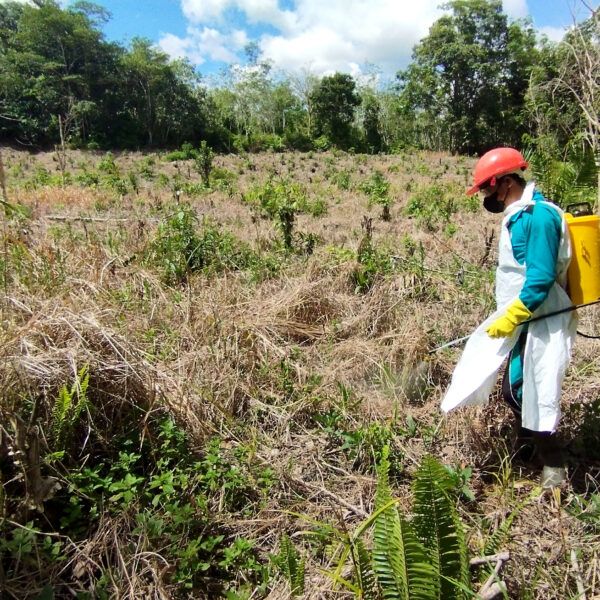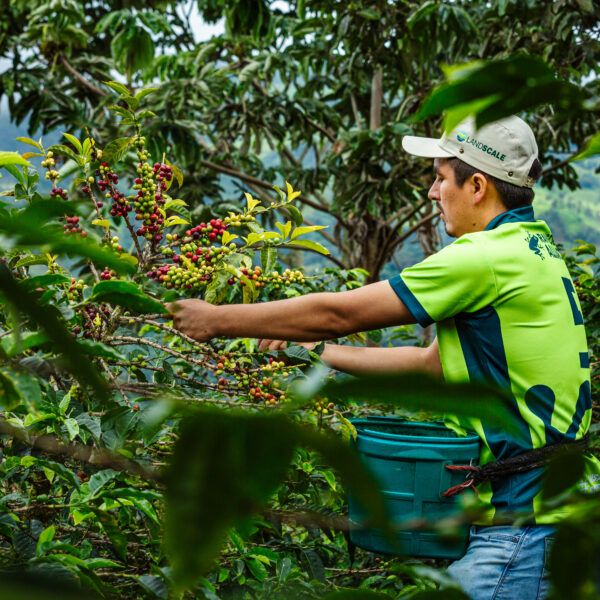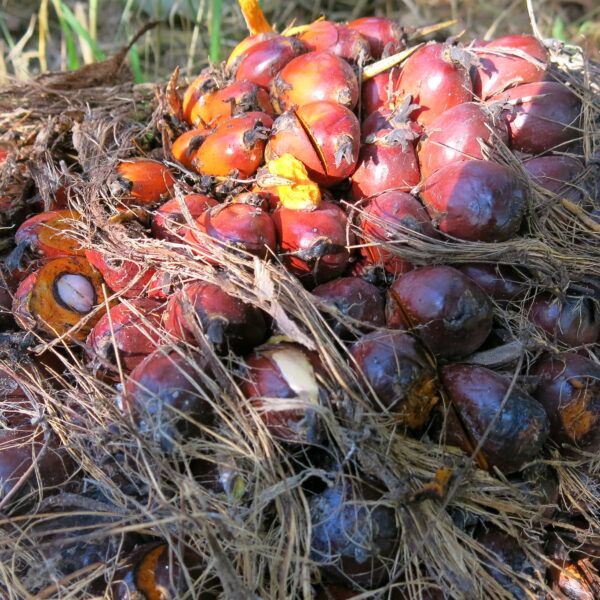The Rainforest Alliance is working to foster a culture of responsible forest management where the contribution of our world’s forests are valued through our daily interactions with the products and conveniences that they provide to us.
There is no doubt that one of the conveniences that make our lives easier are the tires on our cars, bicycles, buses, and airplanes that help get us to where we are going. What is lesser known is that the natural rubbersed to produce these tires comes from a tree. The rubber tree (Hevea brasiliensis) is native to Central and South America, but is now primarily grown in South East Asia where thousands of small landowners tap their rubber trees to collect the milky white latex inside. In addition to tires, you’ll find many other products important to our daily lives include this important non-timber forest product, including medical devices, the soles on our shoes, and the mattresses we sleep on at night.
Rapid population and economic growth in emerging economies like China, India, and Indonesia are expected to increase demand on the tire industry, and as a result on our world’s forests. The tire industry consumes about 70% of the world’s natural rubber production, and as our demand for tires grows, so does the demand for natural latex. As prices for latex continue to rise, landowners will seek to convert natural forests into rubber plantations. Organizations like the Rainforest Alliance and fellow members of the newly launched multi-stakeholder platform, the Global Platform for Sustainable Natural Rubber (GPSNR), must take proactive action to prevent deforestation by working together to build responsible natural rubber supply chains.
Location
The work of GPSNR and its members will target global natural rubber supply chains, however, the top three rubber-producing countries are Thailand, Indonesia, and Vietnam. Other key countries include China, India, Cote D’Ivoire, and Malaysia.
Project Objectives
The founding members of the GPSNR have committed to the following principles and objectives. Rainforest Alliance is dedicated to working in collaboration alongside other members to support attainment of these objectives within the rubber sector.
- Advance natural rubber production and processing that protects peatlands, and avoids ecosystem conversion, deforestation, and forest degradation based on identification and management of forests and other natural ecosystems as outlined in the guidelines of the High Conservation Value Resource Network, the High Carbon Stock Approach, or other applicable regulatory frameworks.
- Appropriately manage water along the natural rubber value chain.
- Recognize, promote, and protect the rights of indigenous peoples and local communities; to not engage in “land grabbing”; to obtain Free Prior and Informed Consent (FPIC), as defined by the UN-REDD Programme from existing land users; and to promote adequate compensation where land use is granted.
- Comply with applicable labor laws for employees and contractors and fulfill the intent of the International Labor Organization’s eight core conventions.
- Recognize and promote human rights within the natural rubber value chain, including alleviating poverty by promoting programs that improve smallholders’ livelihoods.
- Promote principles of equity throughout the supply chain.
- Establish and implement protocols for rubber traceability from farm to end-user, working towards full traceability for industrial plantations and applying a risk-based approach for smallholder farms.
- Support transparent reporting along the entire natural rubber supply chain.
- To not engage in corruption and to take a zero-tolerance approach on corruption within the value chain.
- Establish an open, transparent, and independent process to ensure that the members of the GPSNR are respecting, protecting, and contributing to the eventual standards and the reputation of the GPSNR.
- Develop auditing protocols that allow those interested in these principles to learn which members of the natural rubber value chain are following these best practices.
- Support training and educational efforts to raise awareness and build capacity for the implementation of these principles, including improvement of production practices by focusing on vertical (improved yield and quality) rather than horizontal (increased planted area) expansion.
Partner communities
85% of the world’s natural rubber is grown and harvested by small landowners owning, often times, less than a couple of acres on which they grow rubber trees. In many cases, these landowners lack the knowledge and resources they need to bring their latex to the market at a fair price and are often taken advantage of through corruption in the supply chain. As part of our work in the GPSNR, the Rainforest Alliance is participating in a working group that invites smallholders to participate in the development of international governance structures like GPSNR allowing them the opportunity to create solutions alongside some of the biggest global rubber processors and tire companies. We aim to empower smallholders to understand how to maximize their yields, manage their lands responsibly, and above all, improve their livelihoods.
Goals/desired Impacts
The mission of the GPSNR is to lead improvements in the socio-economic and environmental performance of the natural rubber value chain. We envision a fair, equitable, and environmentally sound natural rubber value chain.




